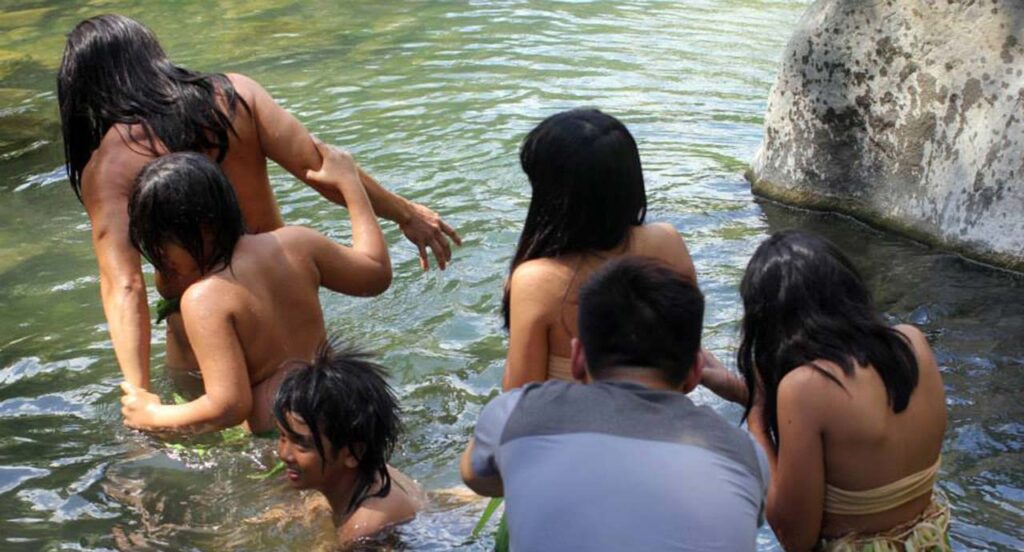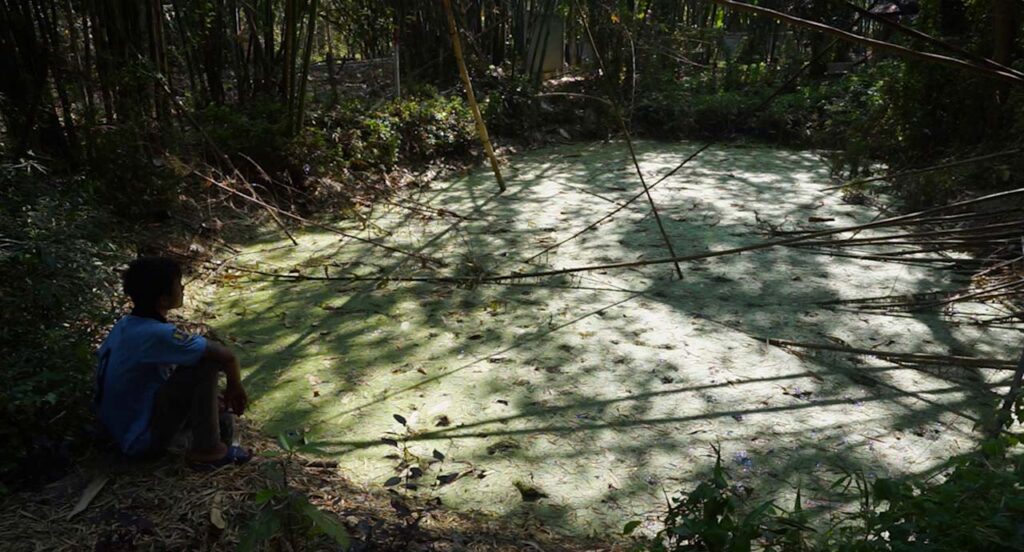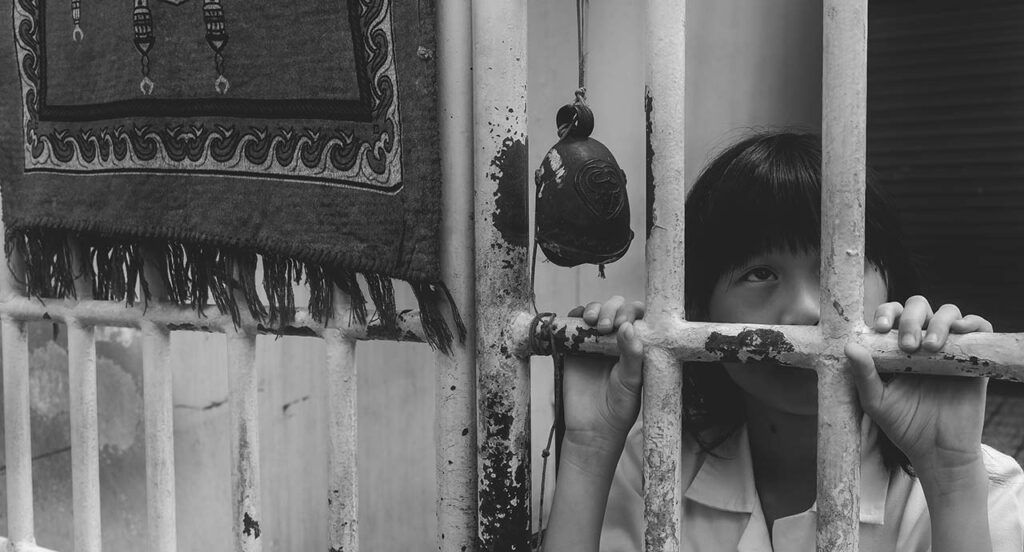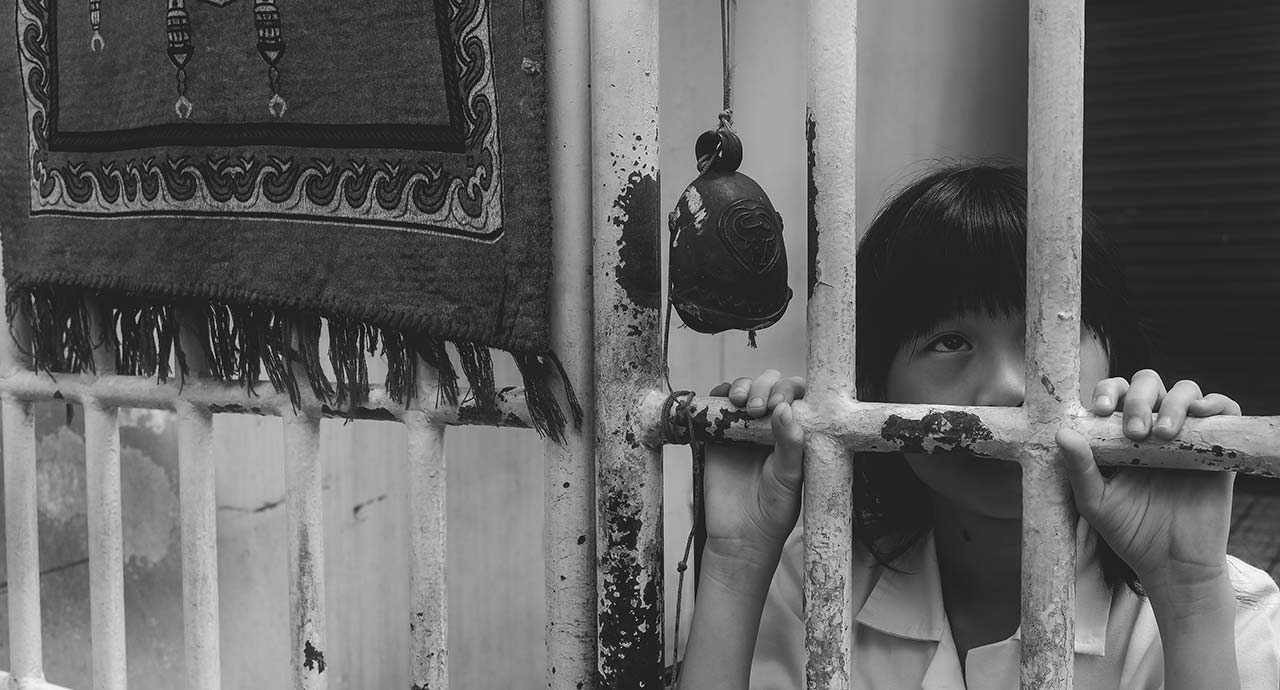Rethinking Experimental Cinema



Throw me a horror film any day, I thought after watching a couple of “weirded out” films (the term courtesy of a fellow patron of cinema) – a horror film would be way better than the horrors of (too much) experimental cinema.
Oh, the pains and woes of experimental cinema! Goodbye linear narrative. Hello asynchronous sound. Enter technicolour strobes. An enigmatic voiceover. Slow distorted images. Silence.
Then, bit by bit, you get drawn in. You glance at the people around you in the dark theatre and observe some people savouring the images and the sound. You know it by the looks on their faces: a deep understanding exuded through an approving mmm, a contemplative nod of the head, and a momentary closure of the eyes, and they are not sleeping. Quick, try to blend in! I could do this! Goodbye easily digestible fast food! Hello acquired tastes. Yes, I’ll have my blue cheese over cheddar any day. Mmm!
Indeed, the intent of experimental films is often to position the viewer in a more active and thoughtful position relative to what’s on screen. The great thing about experimental cinema for the (complicit) experimenters is that it could encompass literally anything. Every visual element may be abstracted beyond Pollock, every sound may stretch beyond the silences of Cage, but this isn’t a cheap rojak mess, mind you, it’s called a synesthetic mélange. Yes, this is ART. And for the viewers, cultivate those taste buds!
But thanks to the programmers of this year’s Southeast Asian Short Film Competition, there’s only one experimental short per programme we have to wrangle with. Even then, their genre as experimental is debatable, and by experimental here I mean films that explore unconventional modes of storytelling. Nonetheless, I’m glad we don’t have an entire programme of experimental shorts. Don’t get me wrong about this: I understand experimental films may be detestable to some at first sight, but really, there is more to them that meets the eye, and they require that kind of space and time to digest. Let’s try to delve into them and milk them for what they are worth.
There are many ways one can treat an issue (think documentaries, linear narratives…), so why use an experimental format? Jan Pineda’s Memorial of an Inquiry investigates the story of the Tasaday tribe through archival-esque grainy black and white footage. The tribe, plagued by illness and invading foreign researchers, was examined through the compilation of footage, the story driven by a melancholic voiceover of an apparent native. It plays on the believability of a solid document of unseen indigenous life, yet interspersed with this fictive impossibility of a fantastical world, and we are left to wonder: how much of what we are seeing is for real? Conceptually, it capitalised on the experimental framework as an interrogation of pseudo-history under the guise of authentic tape recordings and footage.
How about something that refuses to tell you the actual facts, but immerses you in the experiences of the people presented? The Asylum by Prapat Jiwarangsan is one of those films that seems esoteric and seems to say nothing. The film may have frustrated many with its lack of context, but through its deliberate denial of factual information, it reeled viewers into the experiences of those oppressed by social political forces which many a privileged viewer would be far removed from. By a duckweed infested pond, we begin to hear an enacted monologue of a radio DJ turned taxi driver who lost her job after the National Peace and Order Maintaining Council in Thailand shut down the Red Shirt radio stations after the 2014 coup d’etat. Of course, we don’t know all this contextual information without the filmmaker’s blurb, and feel further displaced by long shots of a Karen tribe boy throwing pebbles into the pond. We follow the path of the pebble into the water too, as a kind of symbolic gesture of displacement, liberation, but you keep guessing. We hear nothing from the boy, we hear nothing substantial from the DJ, and we see nothing much underwater. The title gives a vague suggestion of what these two people are doing by the pond: seeking a kind of refuge, but are simultaneously met with dull ennui. The film protracts this wistful aimlessness for a long time: the asylum is a shelter, yet also a form of entrapment.
The treatment of social issues in experimental shorts presents itself as an interesting venture. Jason Iskandar’s The Day The Sky Roared presents the mental experiences of a Chinese Indonesian mother and daughter during the May 1998 anti-Chinese riots in Jakarta. Instead of a documentary or a dialogue-intensive, emotionally laden vein however, Iskandar denied the verbose and replaced it with an evocative dystopia. The non-diegetic sounds are highly alienating: the screech of the bicycle every time she hits a dead end haunts you, and hollow gusts of wind evoke a sense of loss. We also have the first half of the film in black and white, including shots of an anxiety-ridden mother, and a rather stoic fiddling with an astronaut figurine. Occasionally she gazes at a rocket blasting off in the sky. The film ends with a surreal experience of another girl walking across dense underbrush in an astronaut suit. The heavy social issue of anti-Chinese riots approached in such a manner could perhaps hint at a yearning for childlike imaginative figures of liberation, which are fictional, yet within the genre of experimentation are highly plausible. Perhaps that is Iskandar’s transcendence.
How about film as something more personal, more ruminative, philosophical, even? Enter the essay film, As I Lay Dying by Nguyen Phuong Anh. Protracted shots of dead fish floating amongst the living, flower after flower, both dead and alive, fake and real, amongst tombstones accompanied by a ruminative narration on mortality. We begin to superimpose our thoughts on what we hear onto arbitrary images – suddenly, twigs become skeletal metaphors for fragility, and we know we will be here for a few more long minutes, listening to the existential woes of an indie filmmaker. But perhaps she does have something valuable to say, through mirrored shots and reverse-edits of receding traffic, through ethereal sounds joining fish basking under odd neon, sudden black and white footage interspersed with everyday scenes. Yes, our modern life is mundane enough to accommodate our disillusionments. I am lonely, the filmmaker suggests, and yet, she seems to indicate that perhaps we all are, and can share her sentiments too. Whether you agree or disagree, empathise or not, I feel her personal collection of images, their associative symbolism (read them how you will), and her voice still stands as a valuable document attesting to the interior minds of modern disenchanted youth.
Abstruse. Recherché. Sleep-inducing. Maybe. Yet I hope some of my thoughts would help you to contemplate these films via less skeptical lenses. I’m sure even the most cultivated of filmgoers find things difficult to watch, but before you groan and sleep through the next experimental short, I urge you: do your best. Blue cheese can taste good.


